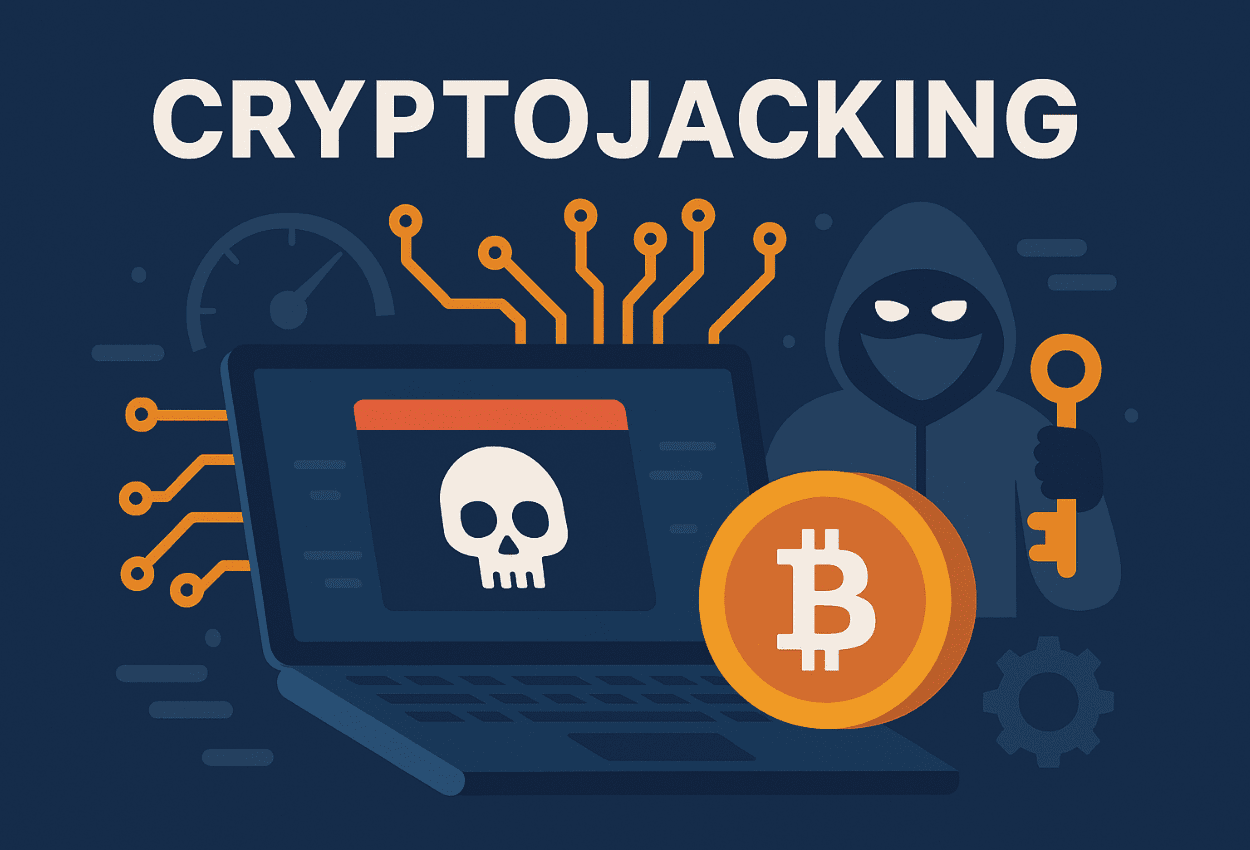While the internet provides endless opportunities for learning, socializing, and self-expression, it also exposes students to various risks. Learning how to prevent cyberbullying is essential today. Cyberbullying is one of the most prevalent risks present. As parents or adults with children in our lives, it is our responsibility to create a safe online environment for our children and equip them with the necessary tools to combat and prevent cyberbullying.
What is Cyberbullying?
Cyberbullying is a growing concern in the digital age, and as parents, it’s crucial to understand and address this issue. Cyberbullying involves the use of digital communication tools such as social media, messaging apps, and online gaming platforms to harass, threaten, or intimidate someone.
Cyberbullying, a pervasive and destructive form of bullying that occurs online, can cause significant emotional distress for children and teenagers. This distress often manifests itself in the form of anxiety and depression, and in severe cases, even thoughts of self-harm. It’s a heartbreaking reality that the digital world can sometimes be a harsh and hostile environment for young people.
As such, it’s imperative for parents to take an active role in their children’s online lives. Regular conversations about what they are doing, who they are interacting with, and how they are feeling about these interactions should become a part of daily routines. These discussions not only provide insight into the child’s digital experience but also open up opportunities for guidance and support.

How to Prevent Cyberbullying – Important Tips
Educating children about the dangers of sharing personal information online is another vital step. It’s important for kids to understand that seemingly innocent information can be used maliciously by cyber bullies. This education can start simple, explaining the importance of not sharing passwords or addresses, and can extend to more complex topics like digital footprints and privacy settings.
How to Identify Cyber Bullying
- Emotional changes: Keep an eye out for sudden shifts in your child’s behavior, including increased irritability, sadness, anxiety, or withdrawal. These could be indicators of cyberbullying.
- Reluctance to use devices: If your child starts avoiding or becoming anxious about using their devices, it might be a sign that they are facing online harassment.
- Changes in academic performance: Cyberbullying can significantly impact a child’s concentration and academic progress. Notice any unexplained decline in their grades or sudden disinterest in school.
- Social isolation: If your child begins distancing themselves from friends or social activities, it could be due to negative experiences online. Cyberbullying victims often feel embarrassed or ashamed, causing them to withdraw.
- Unusual behavior after using devices: Look for signs of distress, anger, or frustration during or after your child’s online interactions. These behaviors may indicate cyberbullying incidents.
Educating Your Child About Cyberbullying
- Open communication: Encourage your child to talk openly about their online experiences. Establish a supportive environment where they feel comfortable sharing any concerns or instances of cyberbullying they may witness.
- Empathy and kindness: Teach your child the importance of empathy and treating others with kindness, both online and offline. Encourage them to think about the impact their words and actions can have on others.
- Digital citizenship: Educate your child about responsible digital citizenship. Emphasize the need to respect others’ feelings, privacy, and personal boundaries. Discuss the potential consequences of their online actions and the importance of using the internet positively.
- Lead by example: Be a role model for your child by practicing good online behavior yourself. Show them how to engage respectfully, resolve conflicts peacefully, and use social media and technology responsibly.
- Reporting and seeking help: Teach your child to report any instances of cyberbullying to you, their teachers, or the appropriate platform authorities. Help them understand that seeking help is not a sign of weakness but a step towards resolving the issue.
Wrapping Up – How to Prevent Cyberbullying
Remember that you are a role model. Demonstrate positive online behavior and digital etiquette in your own interactions. Avoid participating in or endorsing cyberbullying in any form, and emphasize the importance of empathy, respect, and kindness in both online and offline environments. Hopefully this article provides some insights into how to prevent cyberbullying.

 Tom Kirkham brings more than three decades of software design, network administration, and cybersecurity knowledge to organizations around the country. During his career, Tom has received multiple software design awards and founded other acclaimed technology businesses.
Tom Kirkham brings more than three decades of software design, network administration, and cybersecurity knowledge to organizations around the country. During his career, Tom has received multiple software design awards and founded other acclaimed technology businesses.
